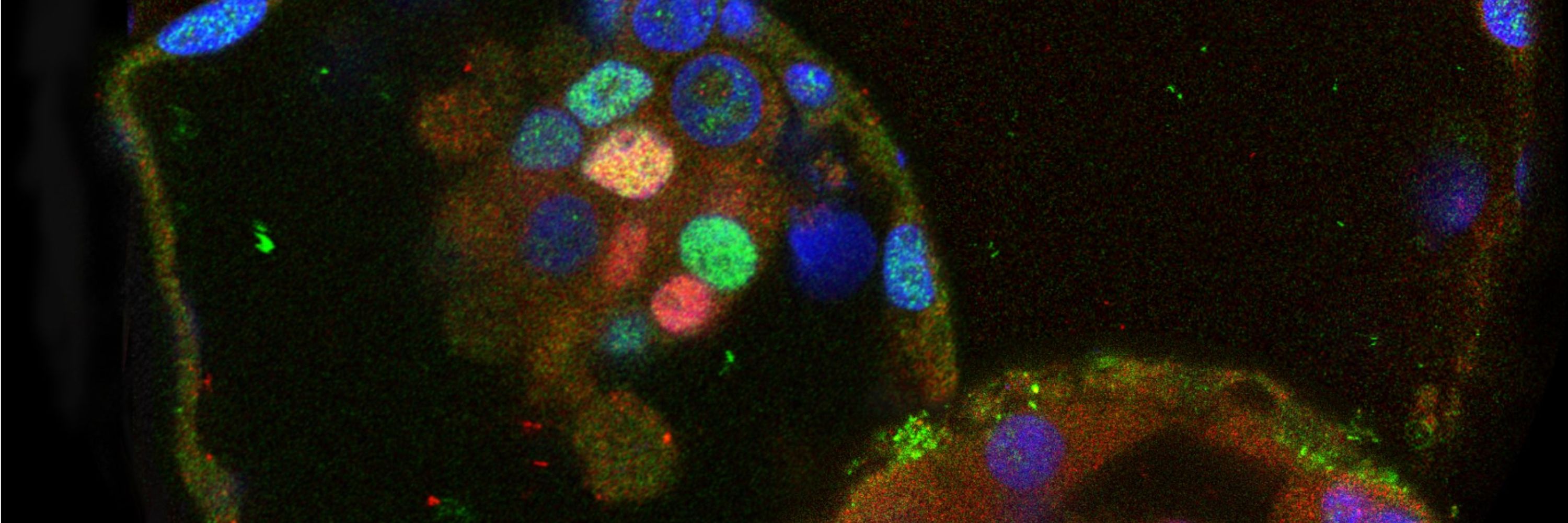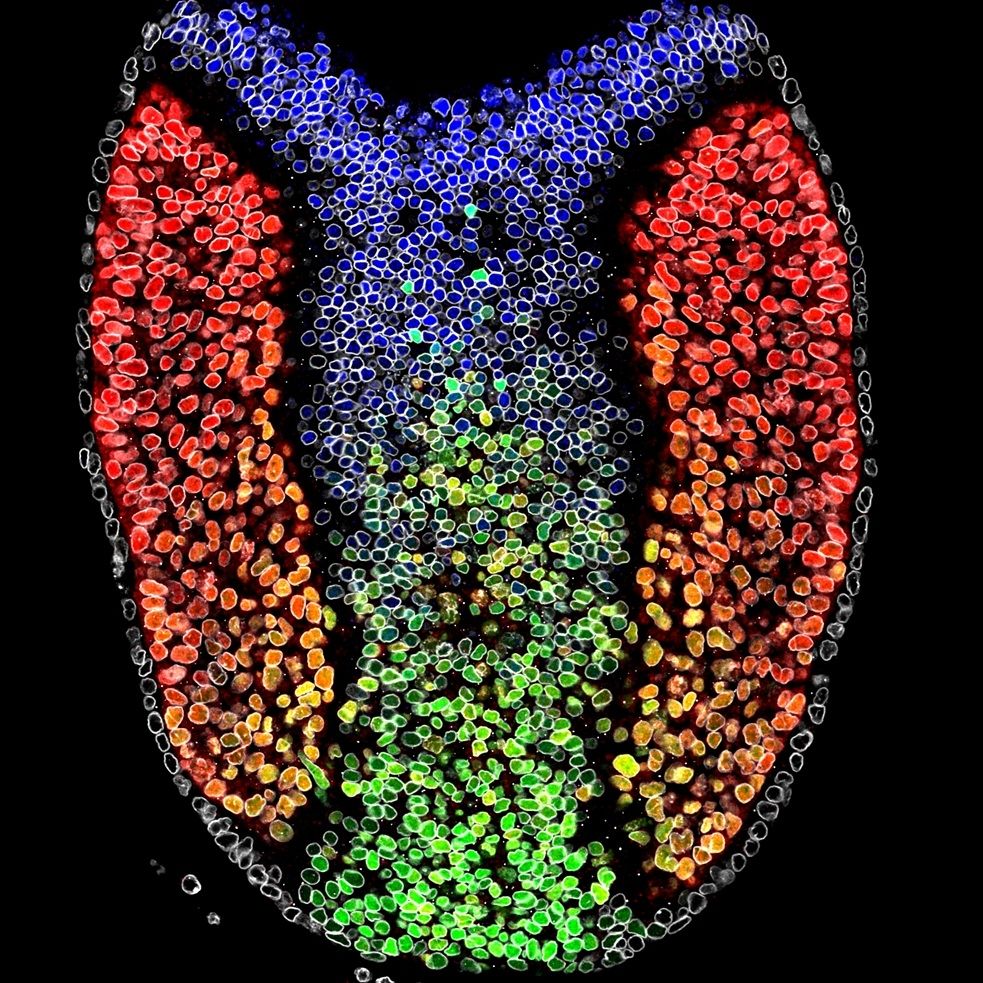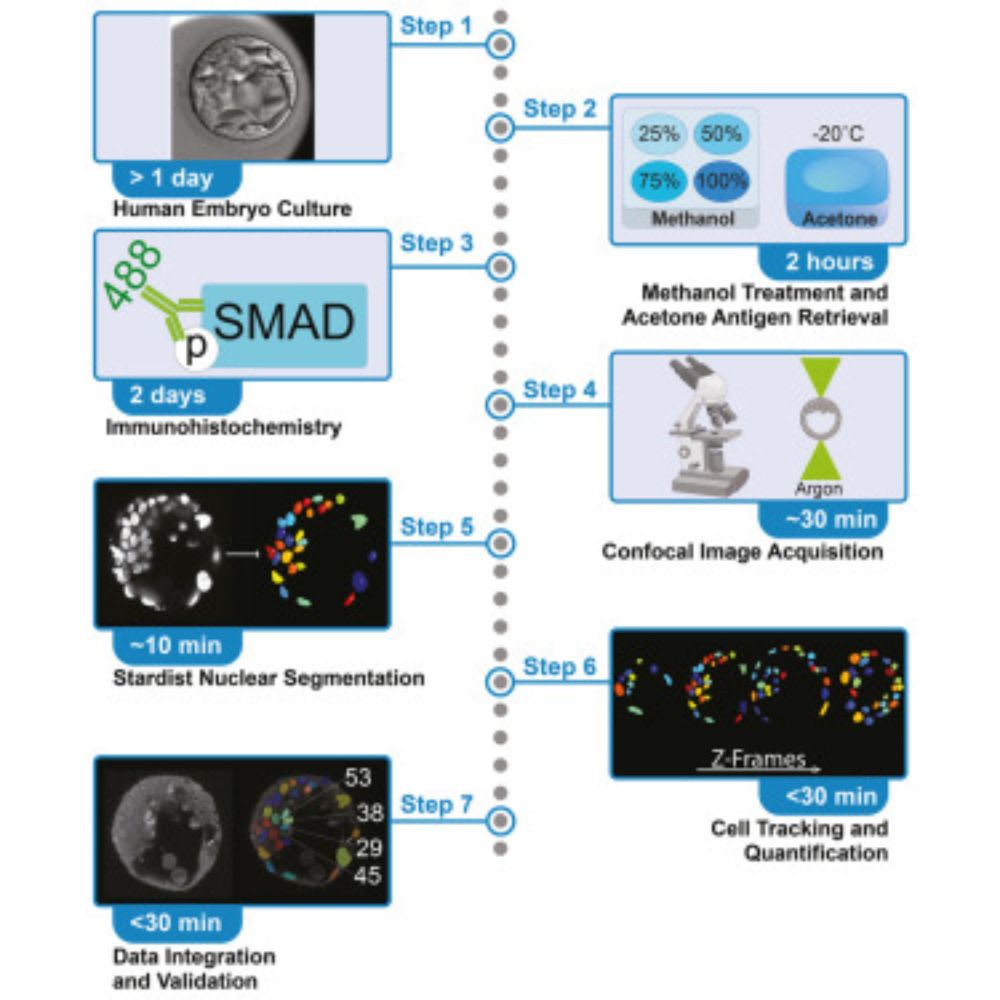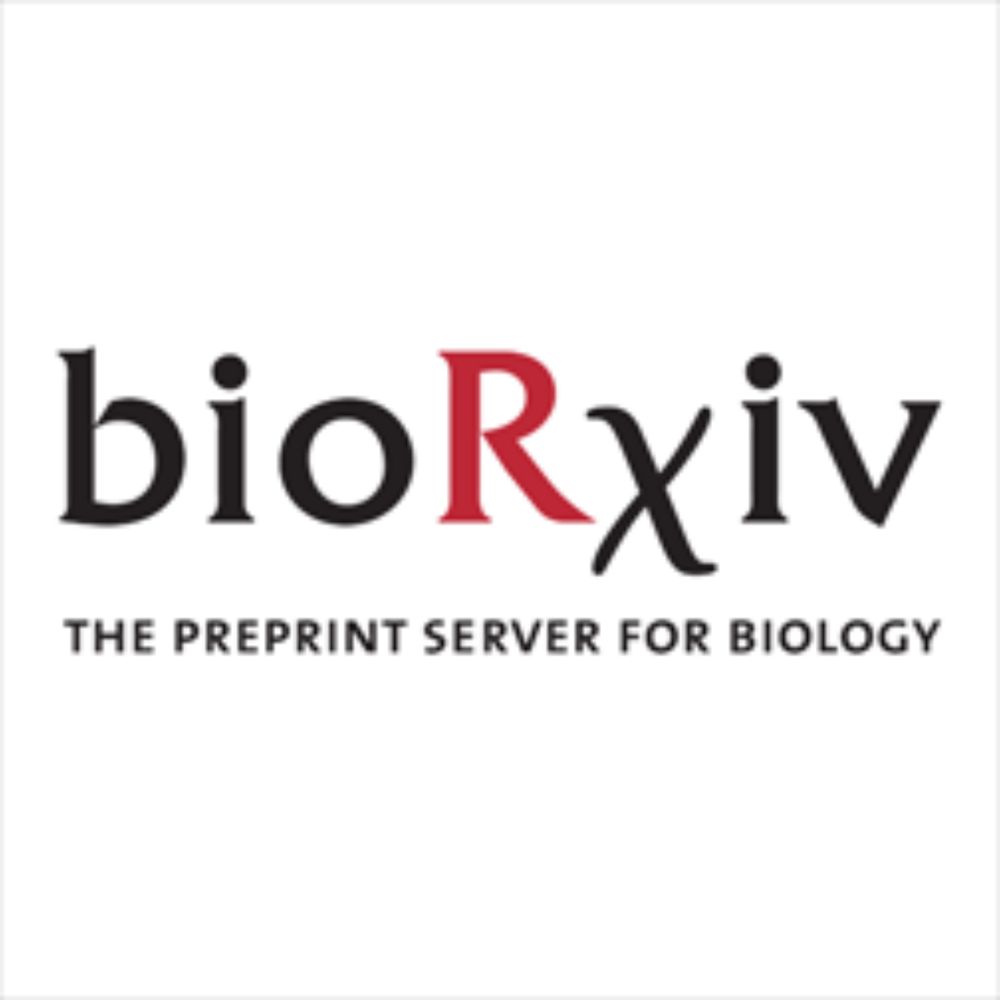

niakanlab.com/resources/

niakanlab.com/resources/
cell model” by JA Thomson in 1996 of marmoset ESCs 🐒
pubmed.ncbi.nlm.nih.gov/8828827/
The simplest protocol one can think of built quite remarkable structures !?!?

cell model” by JA Thomson in 1996 of marmoset ESCs 🐒
pubmed.ncbi.nlm.nih.gov/8828827/
The simplest protocol one can think of built quite remarkable structures !?!?

www.youtube.com/watch?v=Tt5h...

www.youtube.com/watch?v=Tt5h...

Thanks again to my wonderful co-author @toddfallesen.bsky.social and the @niakanlab.bsky.social.
www.sciencedirect.com/science/arti...

Thanks again to my wonderful co-author @toddfallesen.bsky.social and the @niakanlab.bsky.social.
www.sciencedirect.com/science/arti...


hdbi.org/human-epibla...
#Embryos #HumanDevelopment

hdbi.org/human-epibla...
#Embryos #HumanDevelopment
Here we explore the role of #Wnt and #Nodal signalling during mammalian gastrulation using #gastruloids. Building on the work of many labs, we propose that antagonistic signalling-dependent #modularity in the PS establishes the early mammalian body plan.

Here we explore the role of #Wnt and #Nodal signalling during mammalian gastrulation using #gastruloids. Building on the work of many labs, we propose that antagonistic signalling-dependent #modularity in the PS establishes the early mammalian body plan.

